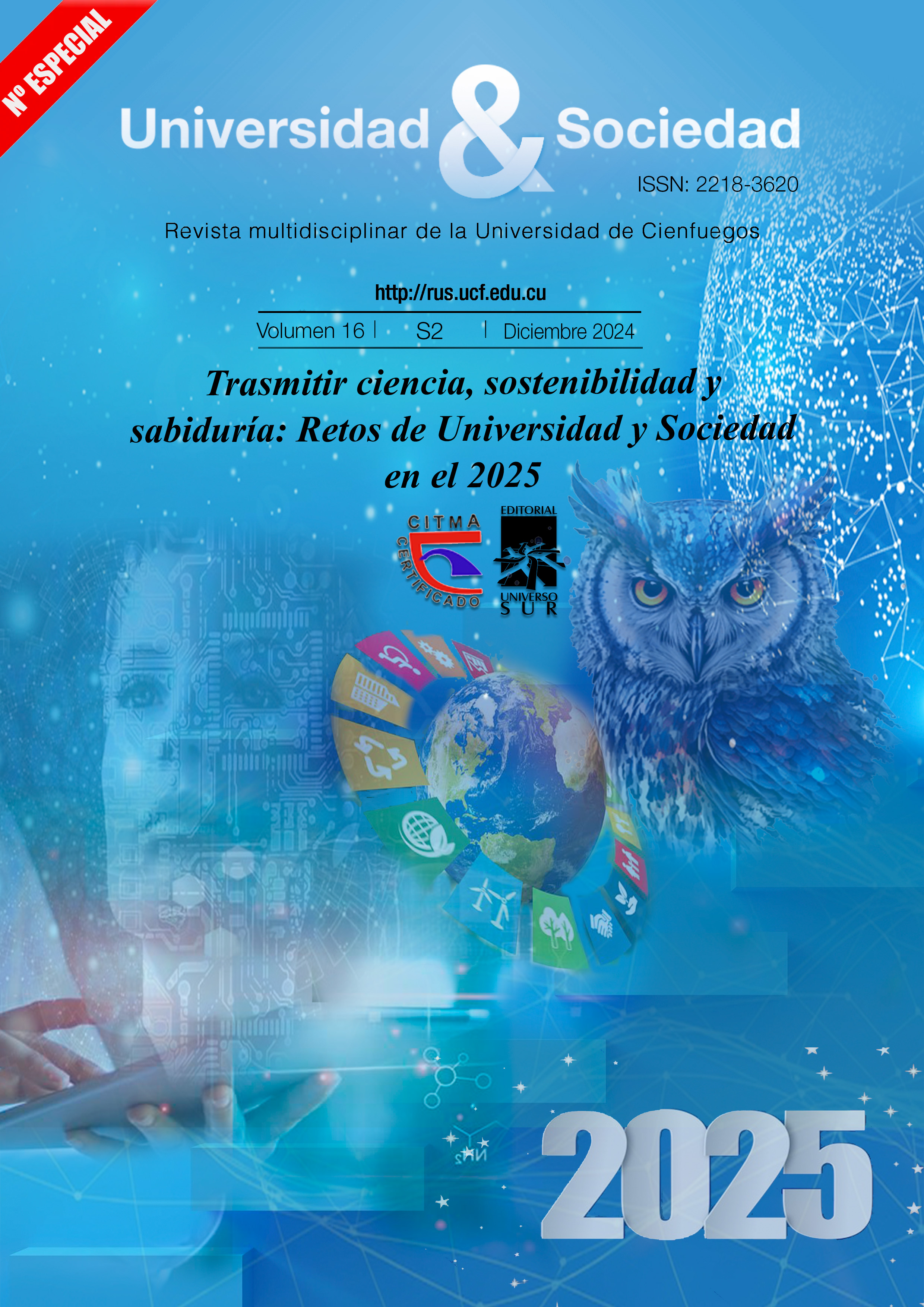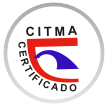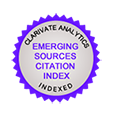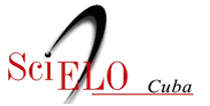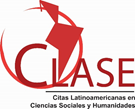Characterization of dandfill soil contaminated with leachate in comparison with uncontaminated soil
Keywords:
Soil characterization, Microbial diversity, Heavy metals, Landfill sitesAbstract
This study evaluates the effects of landfill leachate on the physicochemical and microbiological quality of the soil, comparing a contaminated soil (SCL) with a non-contaminated soil (SNC). The SCL has high levels of moisture (22.67%), salinity (19.705 dS/m), organic matter (6.2%) and heavy metals such as arsenic (34.28 mg/kg) and mercury (0.49 mg/kg), which exceed the maximum permitted levels. Microbiologically, the SCL is dominated by Cytobacillus firmus (27 %), while the SNC shows a higher presence of Pseudomonas oleovorans (53 %), indicating microbial adaptation to chemical stress. The results illustrate how leachates accumulate pollutants, alter microbial communities and limit the agricultural use of the soil, but also show the potential of adapted microorganisms as bioremediation agents. This study emphasizes the need for proper management of municipal solid waste and the development of strategies to remediate soils and mitigate ecological risks.
Downloads
Published
How to Cite
Issue
Section
License
Copyright (c) 2025 Editorial "Universo Sur"

This work is licensed under a Creative Commons Attribution-NonCommercial-NoDerivatives 4.0 International License.
La editorial "Universo Sur", de la Universidad de Cienfuegos, publica el contenido de la Revista "Universidad y Sociedad" bajo una Licencia Creative Commons Atribución-NoComercial-SinDerivar 4.0 Internacional.
© Podrá reproducirse, de forma parcial o total, el contenido de esta publicación, siempre que se haga de forma literal y se mencione la fuente.
